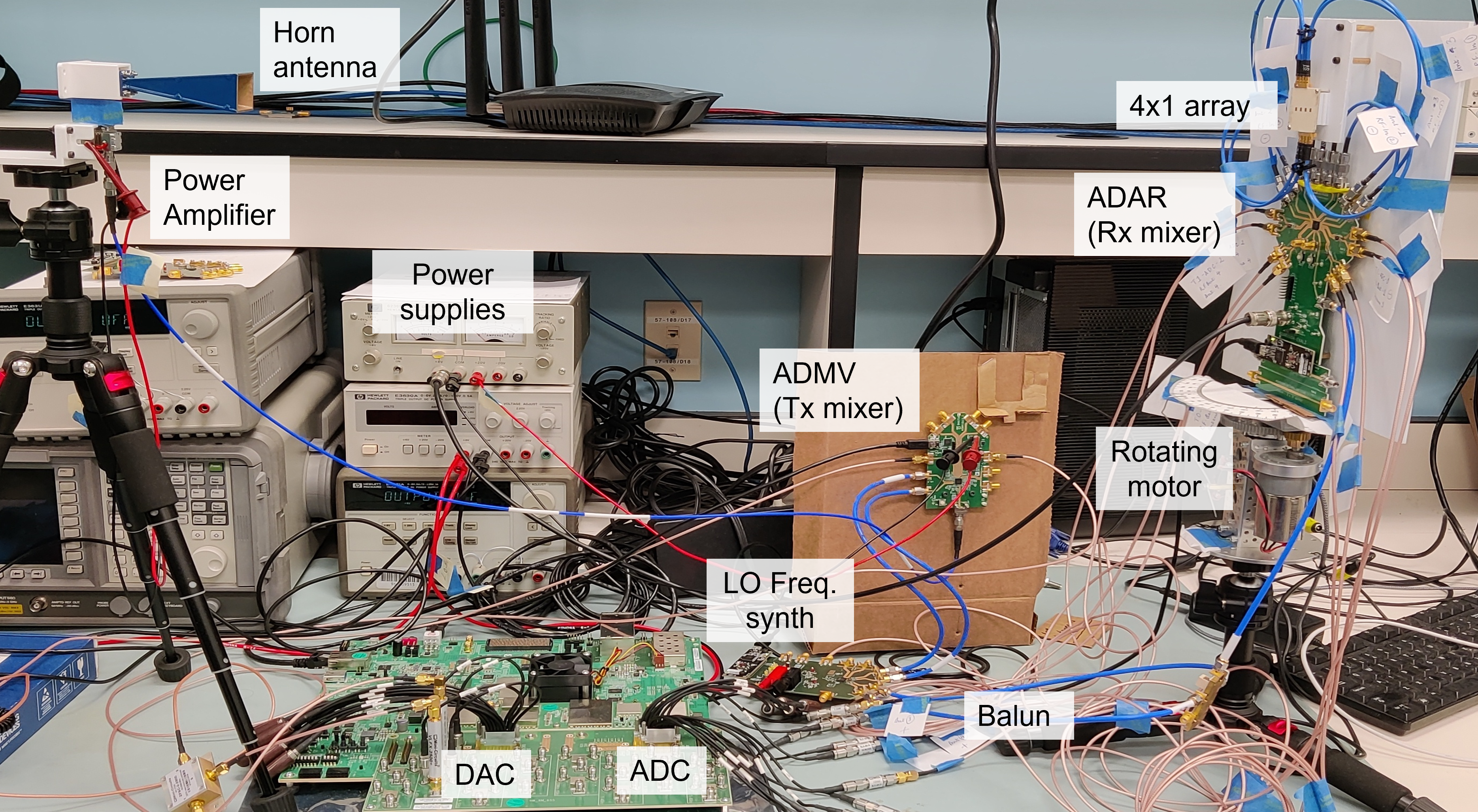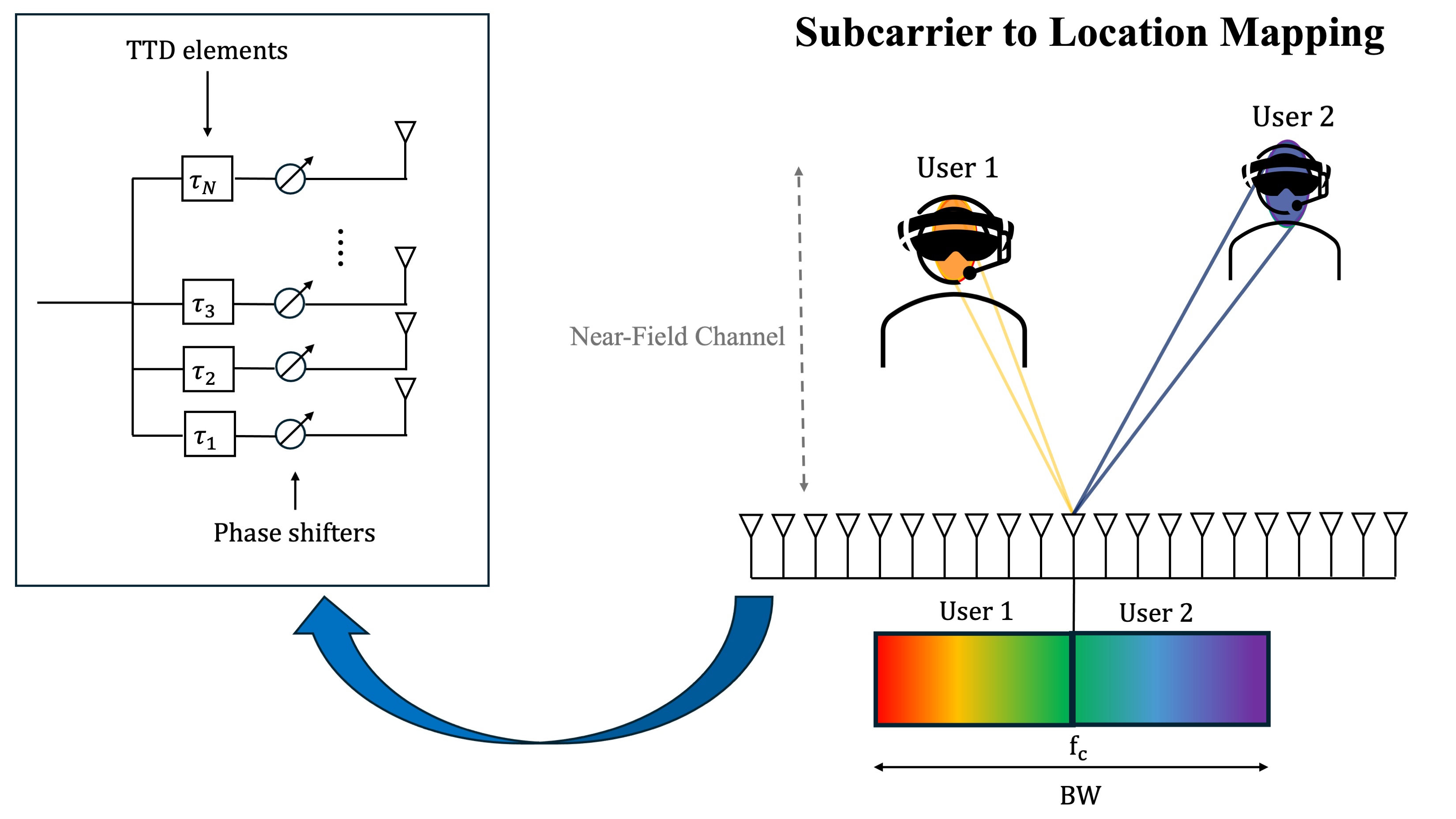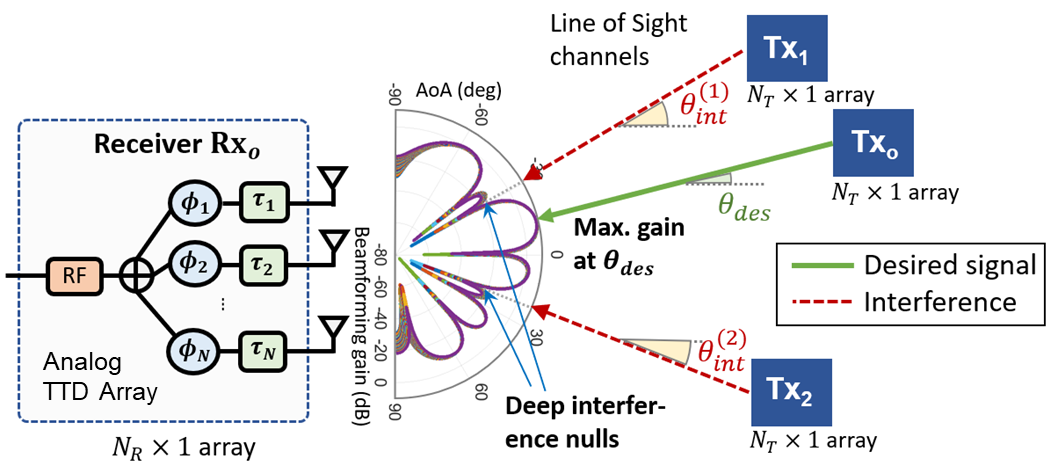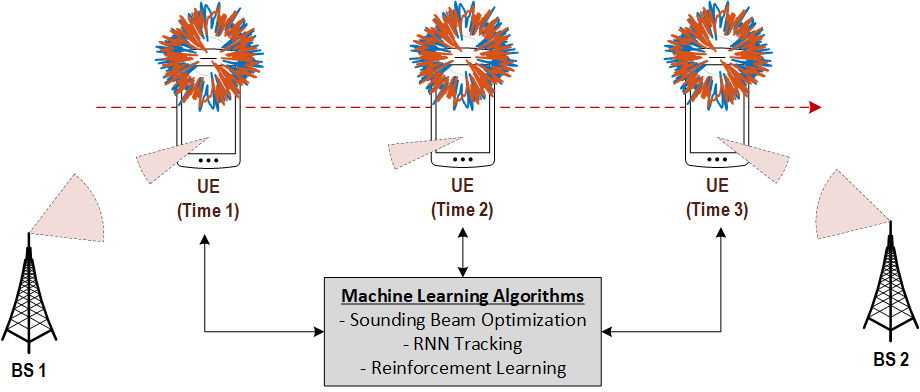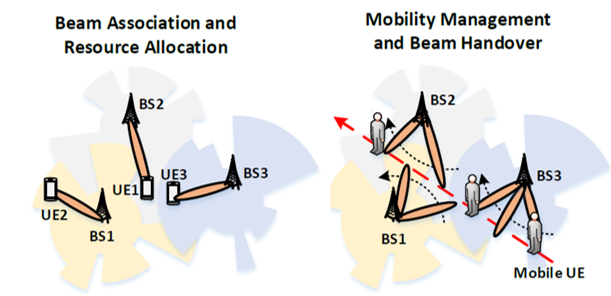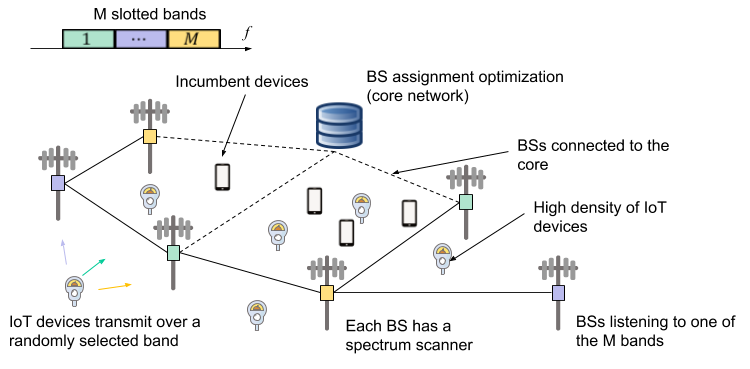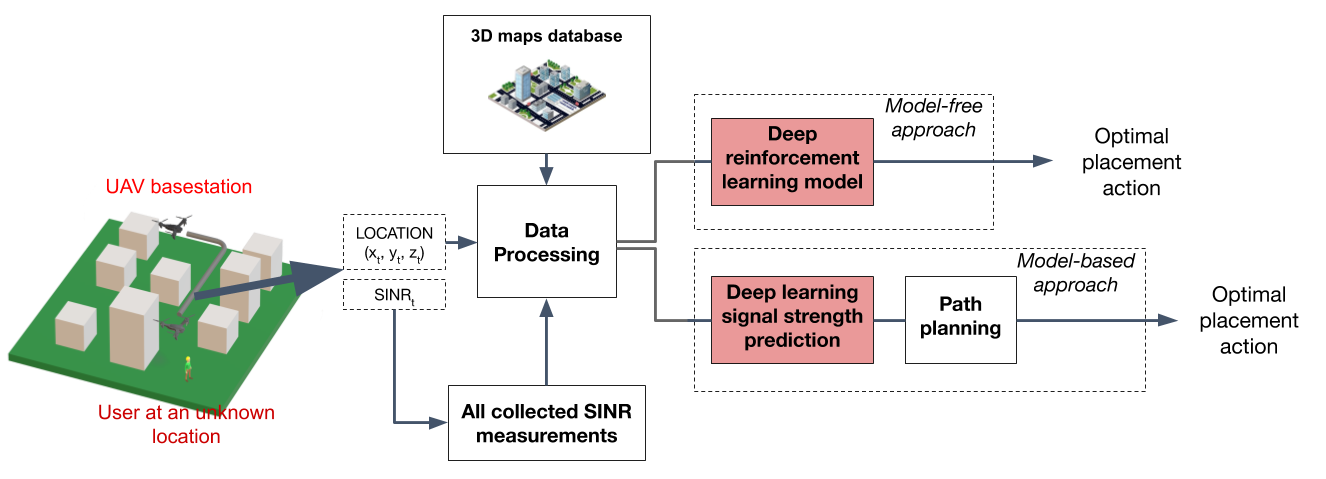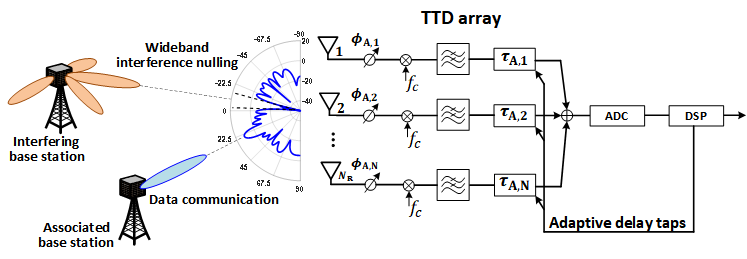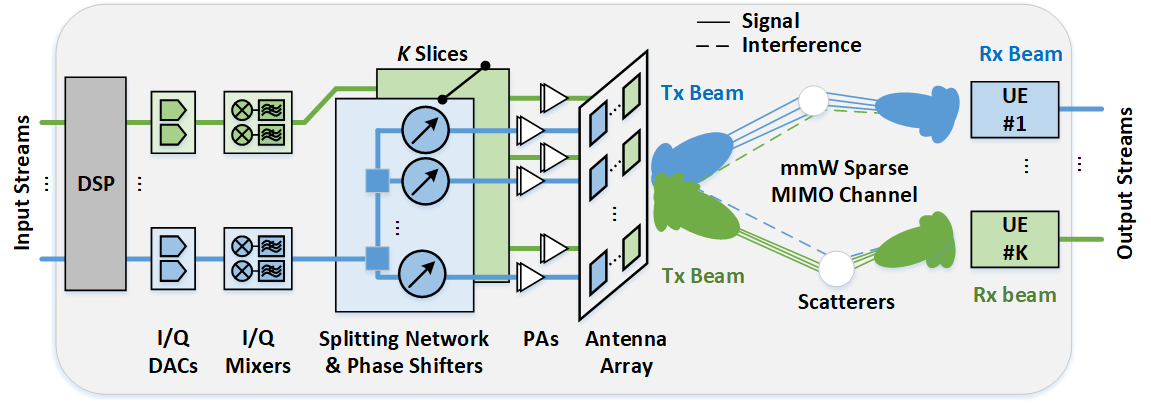Low-Complexity On-Array Processing for Digital MIMO Radar
Thrust I – Culdar: On-array GPU Accelerated Target Tracking with Reinforcement Learning Thrust II – Scalable & Distributed On-array Processing for Massive Array Radar System Modern array systems have an increasing number of elements. However, the number of operations needed for executing conventional array processing algorithms is not scalable. As array size increases, these operations […]



